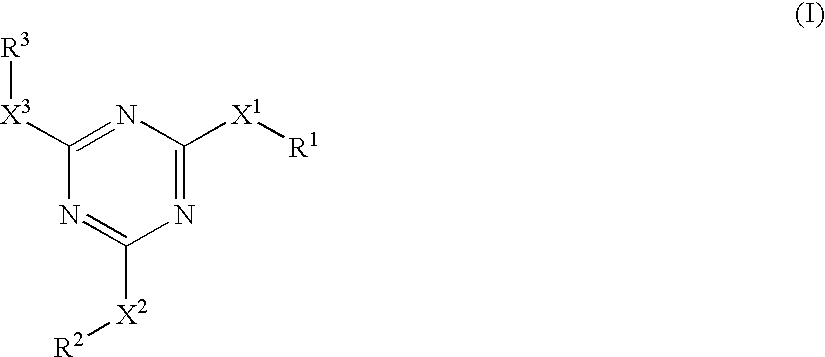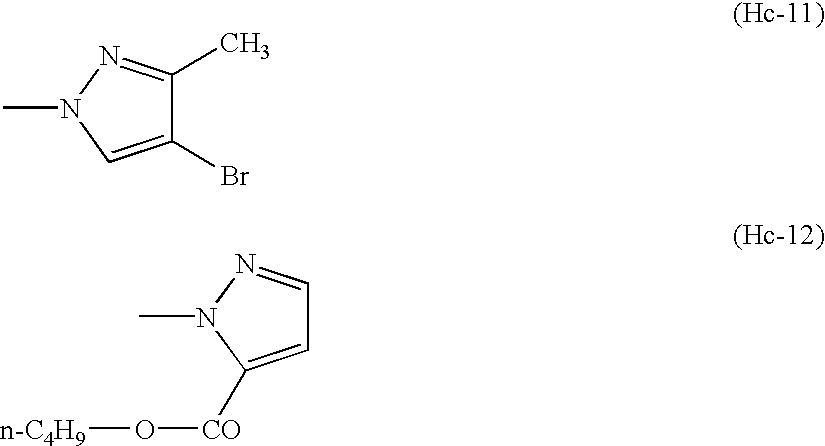Optically anisotropic cellulose ester film containing discotic compound
- Summary
- Abstract
- Description
- Claims
- Application Information
AI Technical Summary
Benefits of technology
Problems solved by technology
Method used
Image
Examples
examples 2 and 3
The procedure of Example 1 was repeated except that the discotic compound (295) or (4) was used in place of the compound (222) in the same amount, to prepare a cellulose acetate film. The film was evaluated in the same manner as Example 1. The results are set forth in Table 1. ##STR28##
example 4
With 45 weight parts of cellulose acetate (average acetic acid content: 60.9%), 0.68 weight part of the discotic compound (222), 2.75 weight parts of triphenyl phosphate (plasticizer), 2.20 weight parts of biphenyldiphenyl phosphate, 232.72 weight parts of methylene chloride, 42.57 weight parts of methanol and 8.50 weight parts of n-butanol were mixed at room temperature to prepare a solution (dope).
The solution (dope) was cast on a band by means of a band casting machine (effective length: 6 m). The dry thickness of the formed film was 100 .mu.m.
The retardation value (Rth.sup.550) along the thickness direction of the prepared cellulose acetate film was measured at the wavelength of 550 nm by means of an ellipsometer (M-150, Japan Spectrum Co., Ltd.). Further, the surface of the film was observed with eyes to determine whether bleeding-out occurred or not. The results are set forth in Table 2.
examples 5 and 6
The procedure of Example 4 was repeated except that the discotic compound (229) or (14) was used in place of the compound (222) in the same amount, to prepare a cellulose acetate film. The films were evaluated in the same manner as Example 4. The results are set forth in Table 2. ##STR29##
PUM
 Login to View More
Login to View More Abstract
Description
Claims
Application Information
 Login to View More
Login to View More - R&D
- Intellectual Property
- Life Sciences
- Materials
- Tech Scout
- Unparalleled Data Quality
- Higher Quality Content
- 60% Fewer Hallucinations
Browse by: Latest US Patents, China's latest patents, Technical Efficacy Thesaurus, Application Domain, Technology Topic, Popular Technical Reports.
© 2025 PatSnap. All rights reserved.Legal|Privacy policy|Modern Slavery Act Transparency Statement|Sitemap|About US| Contact US: help@patsnap.com



